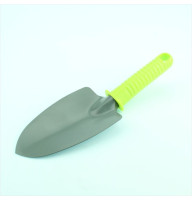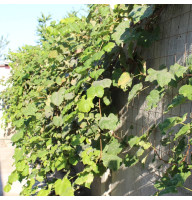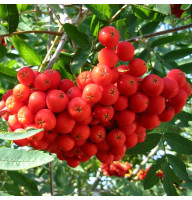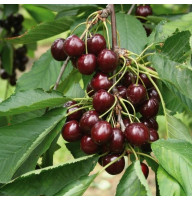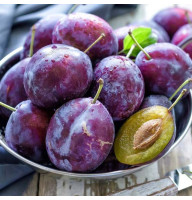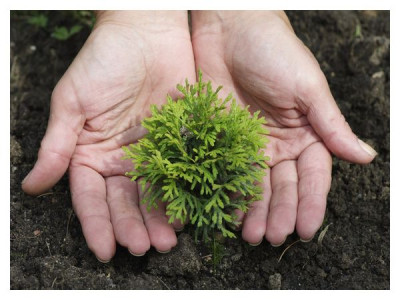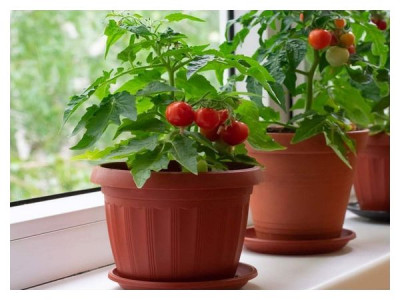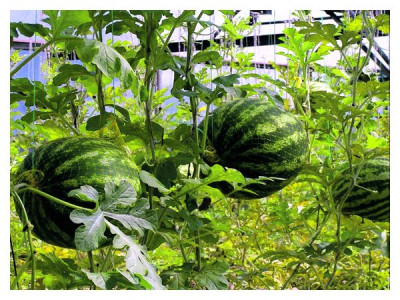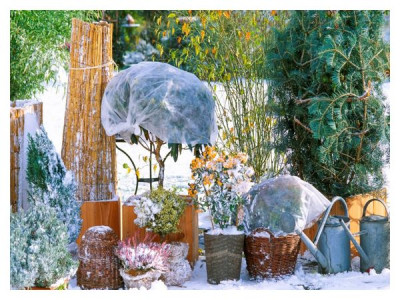Cherry is one of the first berries that can please the gardener at the end of spring with its excellent taste. You can grow a culture both with the help of seedlings and grafting. However, many summer residents are interested in the question: how to grow cherries from a stone, how realistic it is and what difficulties you will have to face.
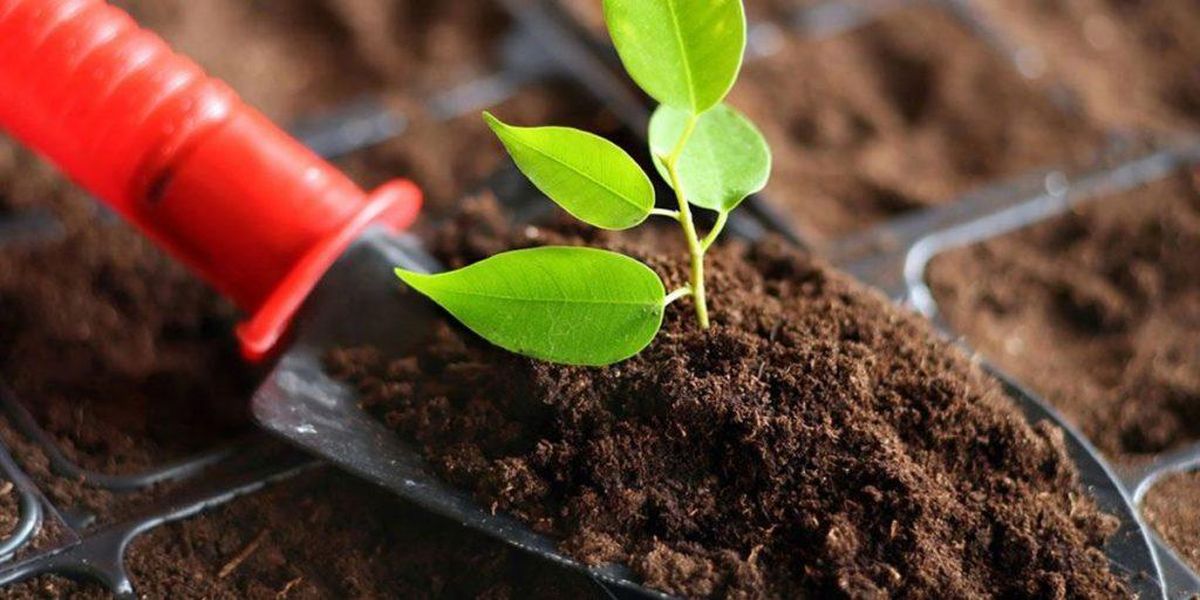
Is it possible to grow cherries from seed
Cherry grown from the stone will have the following features:
- the tree is more resistant to the local climate;
- own-rooted seedling is winter-hardy compared to plants obtained by grafting;
- low probability of diseases that are inherent in stone fruit crops;
- the ability to obtain a large amount of planting material, which can be used as a stock or for planting in the garden.
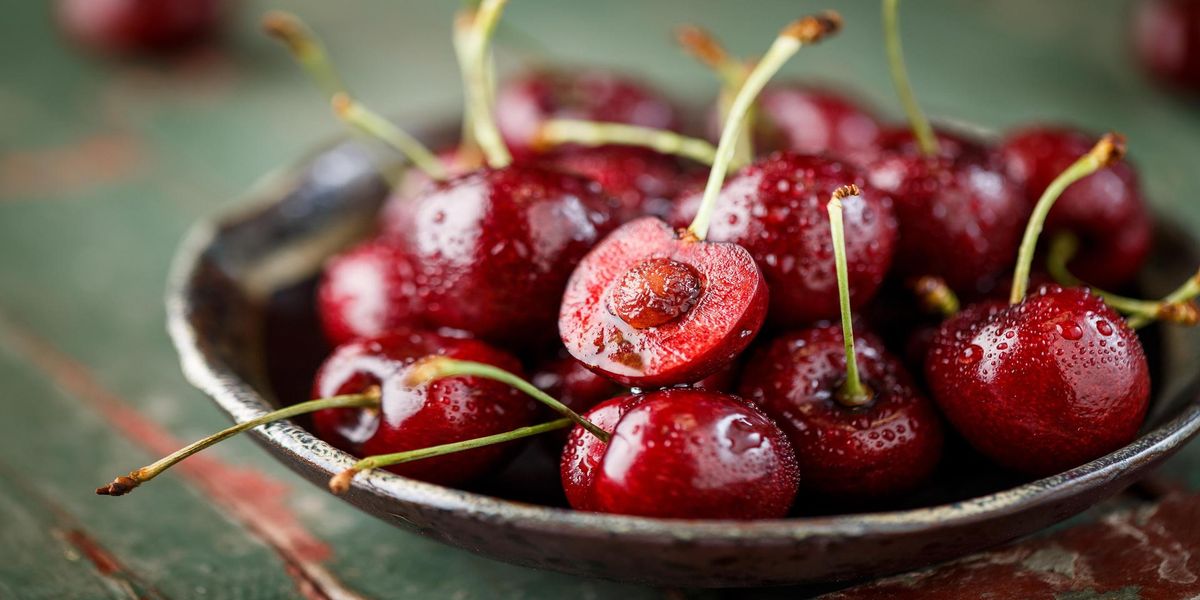
Before understanding the question of how to grow cherries from the stone, you need to consider that the first harvest should be expected no earlier than in 6 years.
Advantages and disadvantages of stone cherries
The main advantages include:
- absence of any costs for planting material;
- you can propagate a rare variety.
Not without cons:
- pollinator trees will need to be planted nearby;
- it takes a lot of time to grow a full-fledged tree.
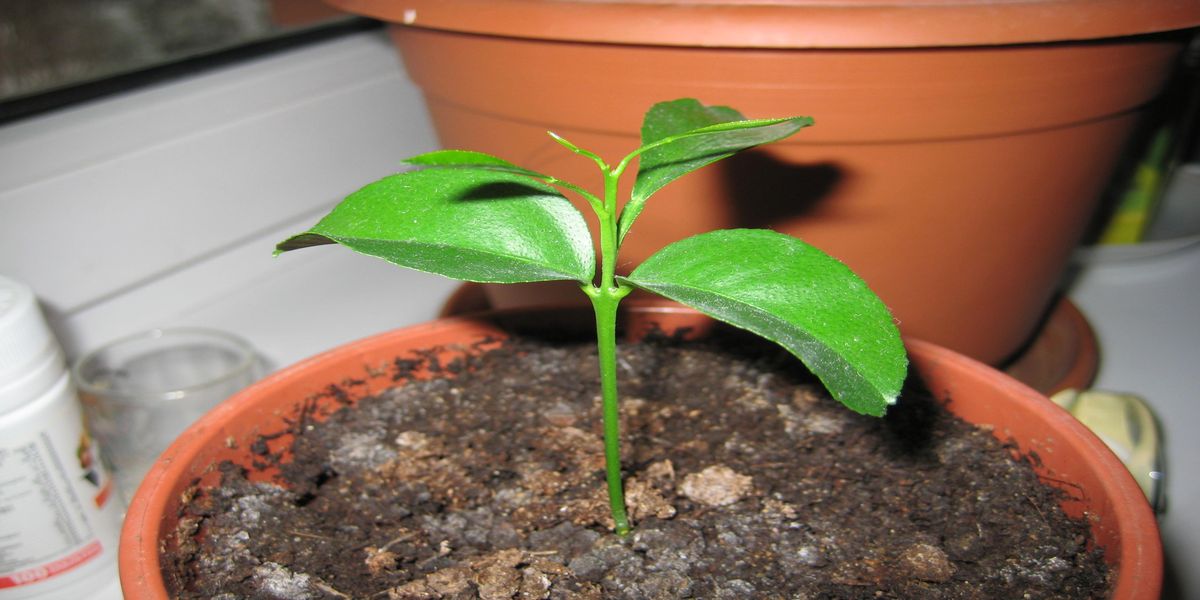
The choice of cherries for planting
Anyone can grow cherries from a stone at home, but when preparing planting material, some nuances must be taken into account:
- the berry must be ripe;
- signs of diseases are not allowed on the cherry;
- bones that can be used for planting should be from this year.
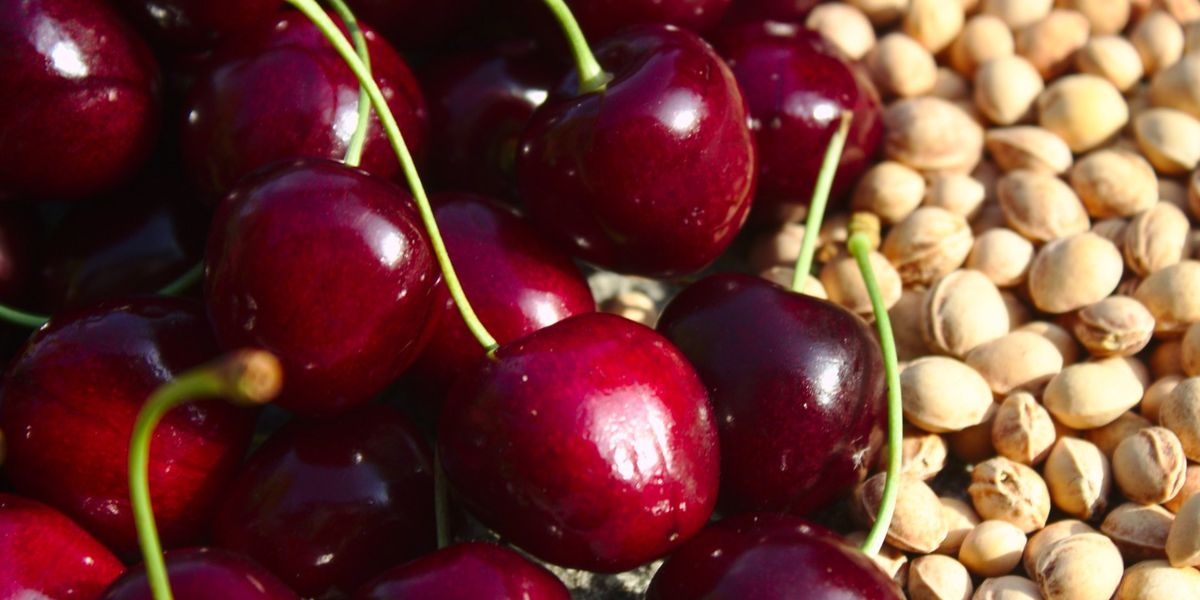
Preparing before planting cherry pits
Understanding the question of how to grow a tree from a cherry stone, you first need to properly prepare the planting material for planting.
Bones stratification
Before planting the seeds, they must be stratified. It comes down to placing the bones in a refrigerator or cellar for hardening and better germination. To do this, the seeds are placed in a suitable container with wet sand and transferred to a place where the temperature will be maintained within + 1-5 ° C.
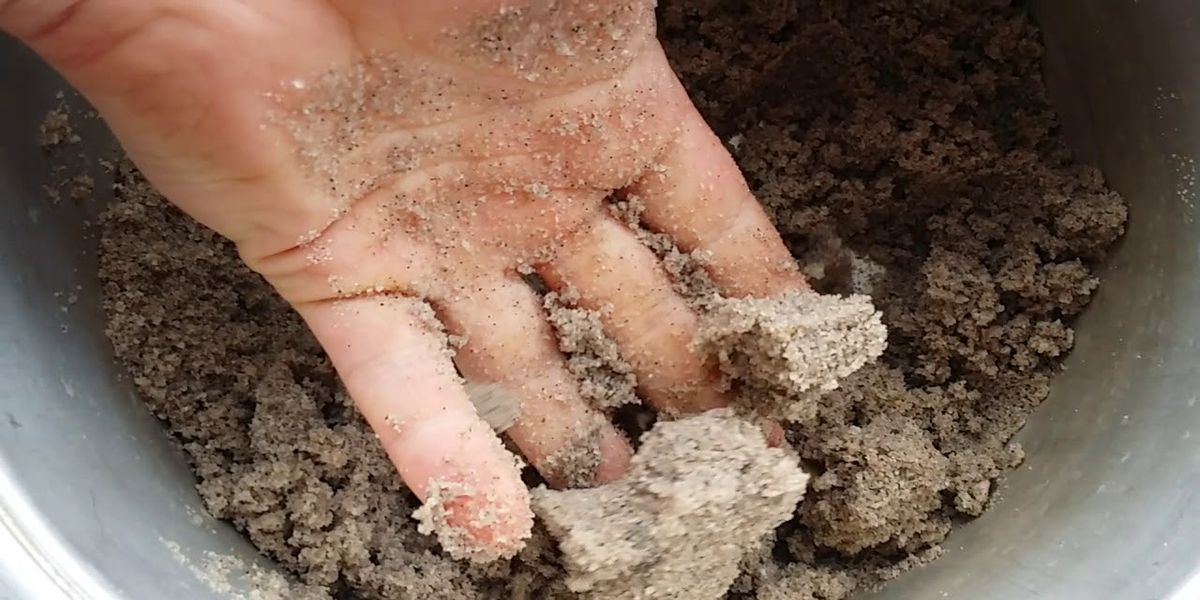
Planting material needs to be checked every 7-10 days. There should be no signs of mold on the bones. Otherwise, the damaged seeds are removed and the sand is replaced.
Stratification should last from 3 months to six months - it depends on the timing of planting.
Landing dates
Planting time depends on the region of cultivation. In the south of the country, seeds can be planted in autumn, avoiding preliminary exposure to low temperatures. In this case, stratification will take place in natural conditions. However, it is important to ensure that the plantings do not freeze in winter and are not flooded with water in spring.
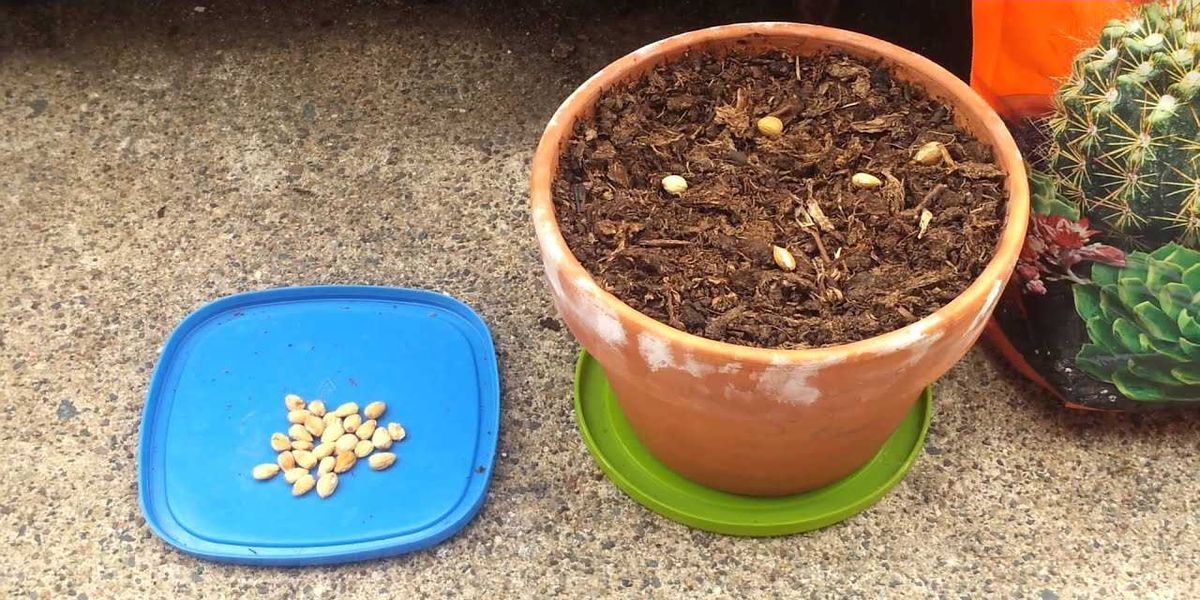
In the middle lane and the northern regions, the bones can be planted in pots in the spring or directly in the garden. Then stratification should be done in November. Until this moment, the prepared planting material is stored wrapped in paper and a plastic bag at +20°C.
Soil preparation
For planting seeds at home, a ready-made soil mixture intended for vegetable crops is suitable. If the bones were collected from cherries growing on the site, then the earth can be taken near it. But in this case, the soil is heated in the oven to avoid possible fungal diseases.
For cherries, a light soil mixture is considered the best. You can also grow cherries from the seed in self-prepared soil. It should consist of a third of sand, and the main volume of peat or garden soil.
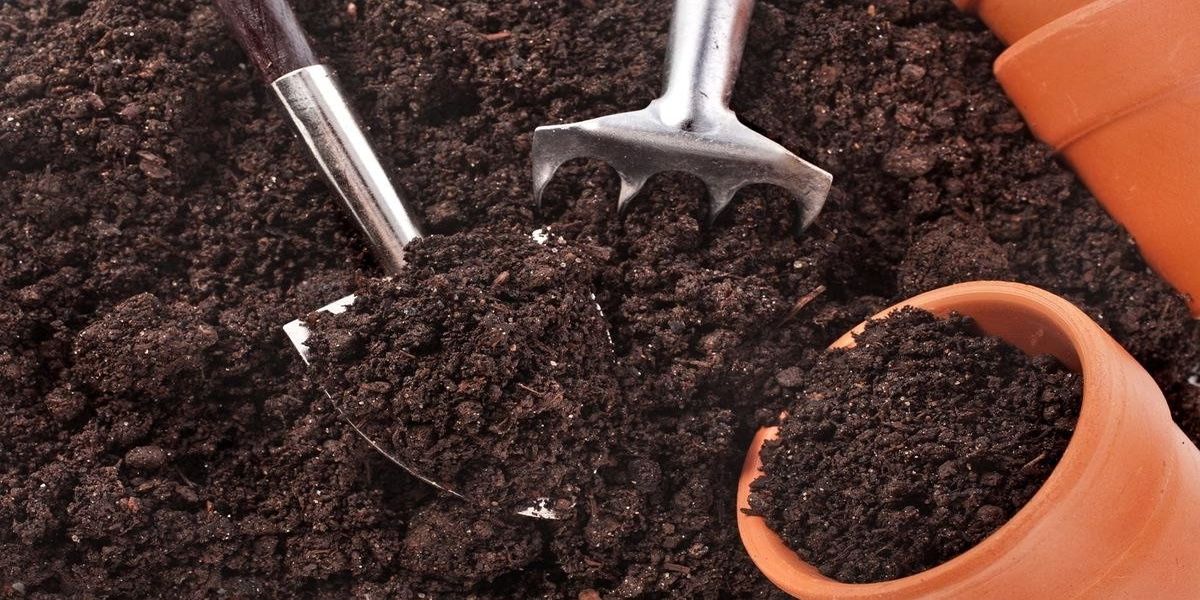
Planting cherry pits
Cherry pits can be planted in a variety of ways. Let's consider the most common of them.
In a pot or container
You can grow cherries in a large pot or container. The signal for planting seeds will be the moment when the shell opens and the sprout hatches.
Bones are planted to a depth of up to 2 cm with a distance of 20 cm from each other. This method is convenient in that a young tree can be moved without the need for digging at any time.
If the planting is done correctly, then the cherry shoots will appear in three weeks.
In order for a tree from a stone to grow healthy and of high quality, young sprouts at the beginning of their development will need watering and loosening the soil. An important point is to provide conditions that will match the natural as much as possible. To do this, a layer of fine gravel, broken brick or expanded clay should be poured onto the bottom of the landing tank for drainage.
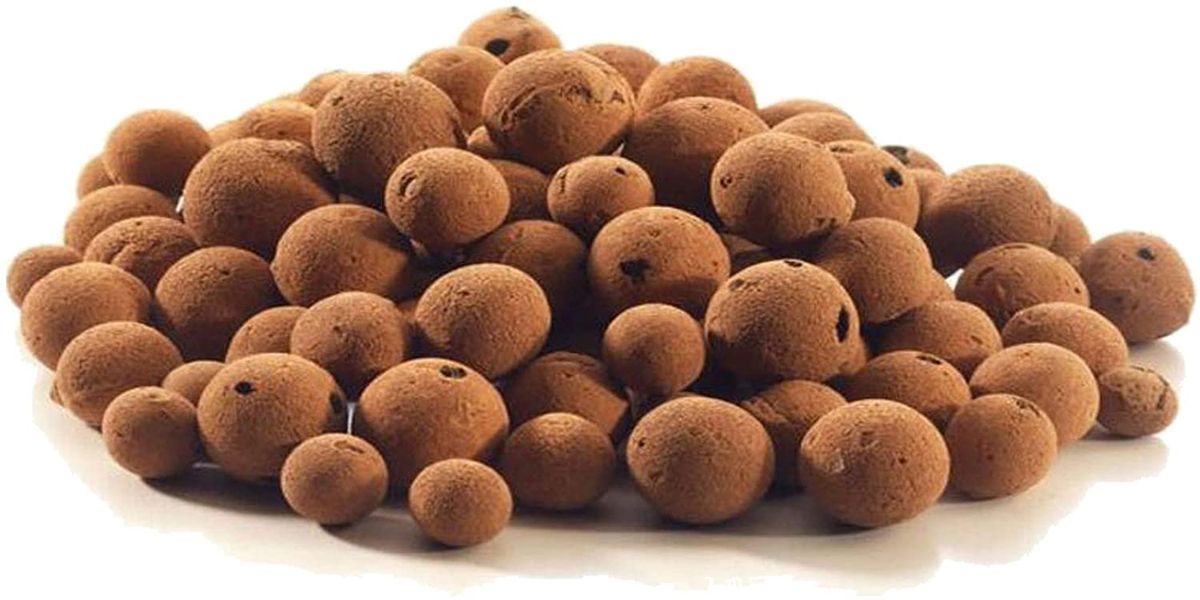
When the first true leaf appears on a young seedling, top dressing will be required. For this, both organic and mineral fertilizers are used. Additional food is provided every two weeks. From organic matter, it is best to use a solution of humus. In order for the tree to be maximally adapted to the future conditions of its growth, it should not be constantly kept warm. Reducing the temperature will only benefit.
With the advent of autumn, the pot can be moved to the balcony, where the cherry can overwinter in its natural environment. At the same time, care should be taken to warm the container so that the root system does not freeze.
Into the soil
If it is supposed to plant the seeds of sweet cherries immediately in open ground, it is necessary to choose and prepare the place correctly. It should be noted that the culture will feel bad with a lack of sunlight and in a draft. Site preparation is reduced to the application of organic and mineral fertilizers. As organic matter, compost or humus is suitable at the rate of 1 bucket per 1 m². Experienced gardeners recommend using phosphorus and potassium from mineral fertilizers at 20 and 25 g per 1 m², respectively.
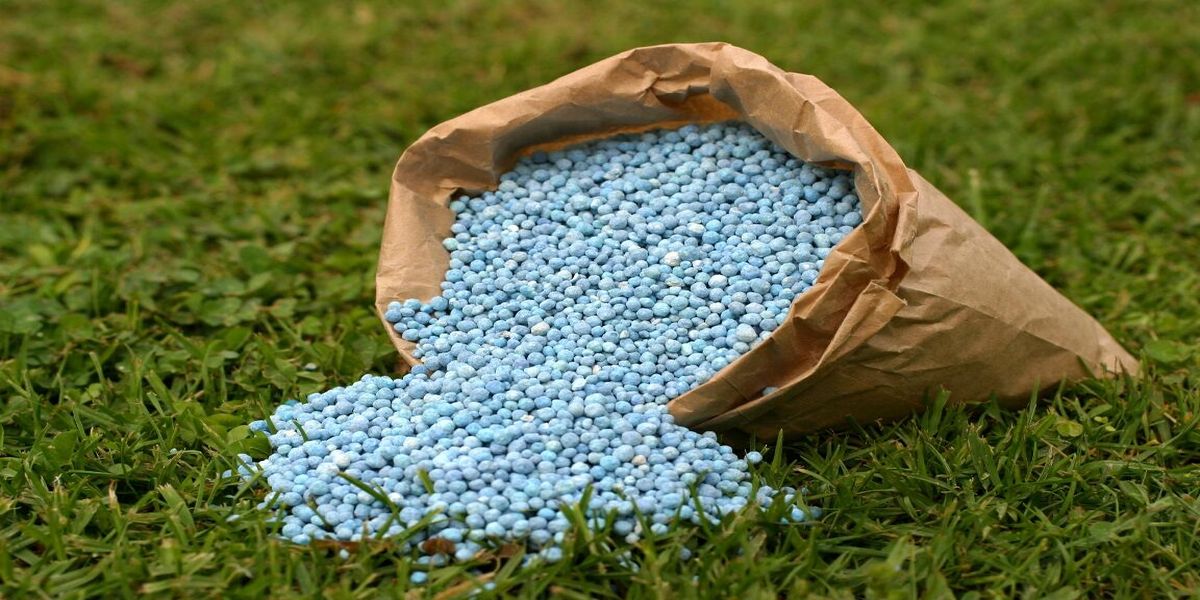
It is necessary to plant the bones in increments of at least 15 cm to a depth of 3 cm. If planting is carried out in several rows, then a gap between rows of at least 30 cm should be maintained. At the end of planting, the bones are sprinkled with earth.
As with growing in separate containers, in unprotected ground, young cherries will require attention. In the summer, the earth must be loosened, weeds around the seedlings should be removed, and the trunk circle should be watered. With the advent of autumn, it will be clear which seedlings are weak and which are strong. The first must be removed, as they may simply not endure the winter.
To protect the young seedling from frost, for the winter it is covered with straw, dry foliage.
A year after planting in this way, you can start transplanting cherries to a permanent place.
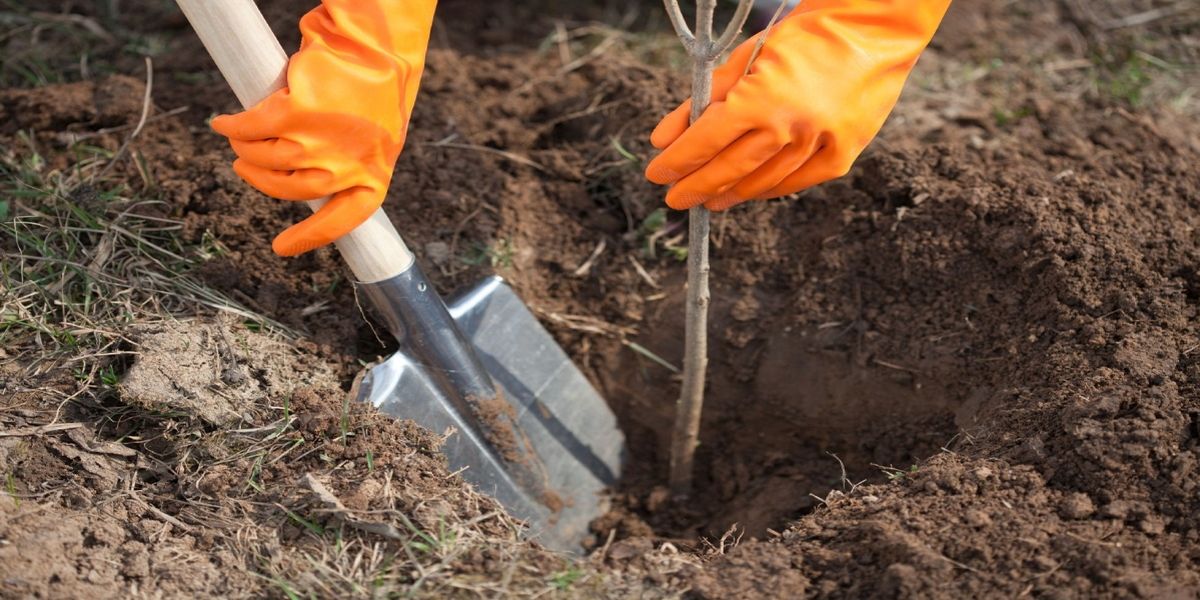
Having figured out the main points on how to grow cherries from the stone, everyone will be able to try their hand at this process. In order for the event to end with success, the main thing is to choose good quality planting material. The probability that the tree will produce large fruits is extremely low, but the stock from such a seedling will be excellent and will serve as the basis for growing new varieties of sweet cherries.

